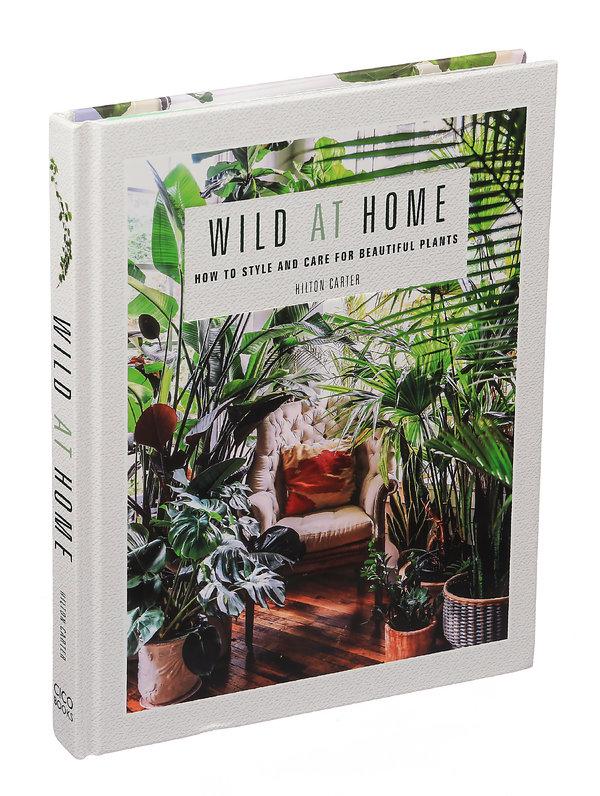Have you heard? Millennials are obsessed with plants. In the last couple of years many publications, including this one, have analyzed the generation’s sudden interest in greenery. If you can’t afford a home, buy a philodendron. If you aren’t planning to get married anytime soon, that’s O.K. — buy a cactus. Can’t afford to have kids? A ficus tree will do for now.
In 2017, 30 percent of gardening households were made up of 18- to 34-year-olds, and they spent more per household than other demographics, according to a study by GardenResearch.com, a division of the National Gardening Association. Like other millennial interests, plant culture has inspired an active online community. So-called plantfluencers post photos of their greenery and exchange plant care tips on Instagram. Summer Rayne Oakes, for instance, is best known for housing 700 plants in her 1, 200-square-foot apartment in Brooklyn, and Justina Blakeney, the founder of the lifestyle brand Jungalow, has more than one million followers on the platform.

CreditSonny Figueroa/The New York Times
Hilton Carter, whose book, “Wild at Home: How to Style and Care for Beautiful Plants,” will be published by Ryland Peters & Small/CICO Books on April 9, didn’t set out to be an influencer. He began collecting plants in 2014 while living in New Orleans because he just needed “something to block the view from the street into the apartment.” He bought a fiddle-leaf fig tree (the “perfect plant” for design) and christened it “Frank.” Five years later, Carter, who calls himself a “plant stylist,” owns about 200 plants, shares tips with his 174,000 Instagram followers and hosts a plant care series on Apartment Therapy. His book was borne out of a desire to organize and expand on the information he “preached about” on Instagram.
Curious about best practices for plant novices, I talked with Carter about some Instagram plant trends, the pitfalls to avoid and how beginners can incorporate plants into their spaces.
It’s All About the Layers
“What’s awesome here is that he’s mixed up different types of the same species, which keeps a place from being cluttered. There has to be a well thought out composition to how you place your plants. You’re creating a corner of greenery, not a splatter all over the place.”
Form Follows Function — Sometimes
“What I find interesting about this is that it’s almost like an overgrown space, where the plants have taken over. I don’t know how functional it is to get near the books. Some people right now just use books as décor anyway so maybe this doesn’t really matter. It all depends on what you’re looking for.”
Know Your Plant’s Angles
“I think the windowsill here is perfect. If you’re trying to push plants into a space, you first have to understand what type of light you have. A north facing, south facing, west or east facing window will dictate the types of plants that will survive in a particular space, like an alocasia (north) or a cactus (west). The space has to work for the individual plant.”
Go Higher for the Jungle Effect
“Hanging plants is the best way to create an indoor jungle. Vine style plants like the pothos will allow for those vines to either cascade down or for you to train them along the side of a window frame or a bookshelf. It’s also a great way to keep your pets, who might eat or destroy your plant, away from them.”
Keep It Simple
“This amount of greenery to me is perfect. It’s not overly done. It’s not like a jungle vibe. This is a normal person’s bathroom. Who has style. Who has decided I want to style my space with greenery and additional things. There’s a moment for that throughout your home.”







